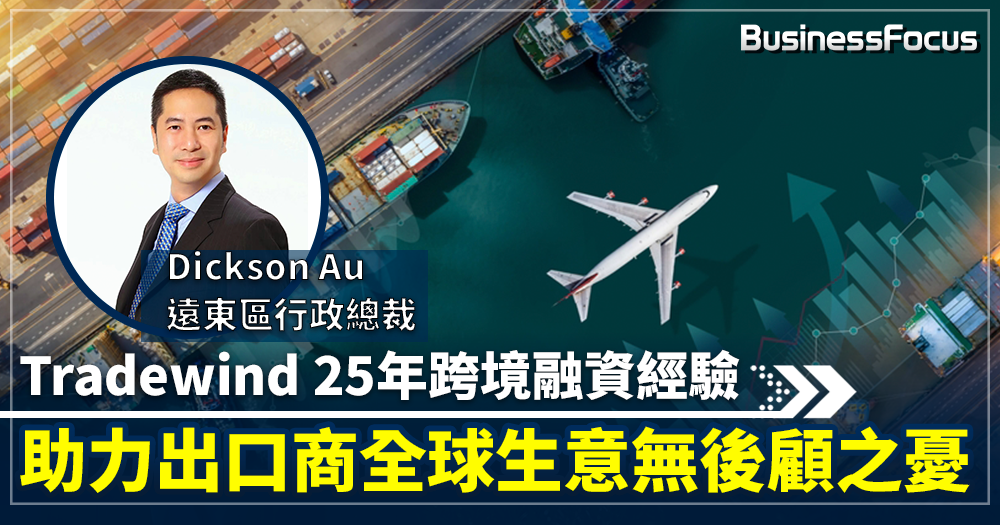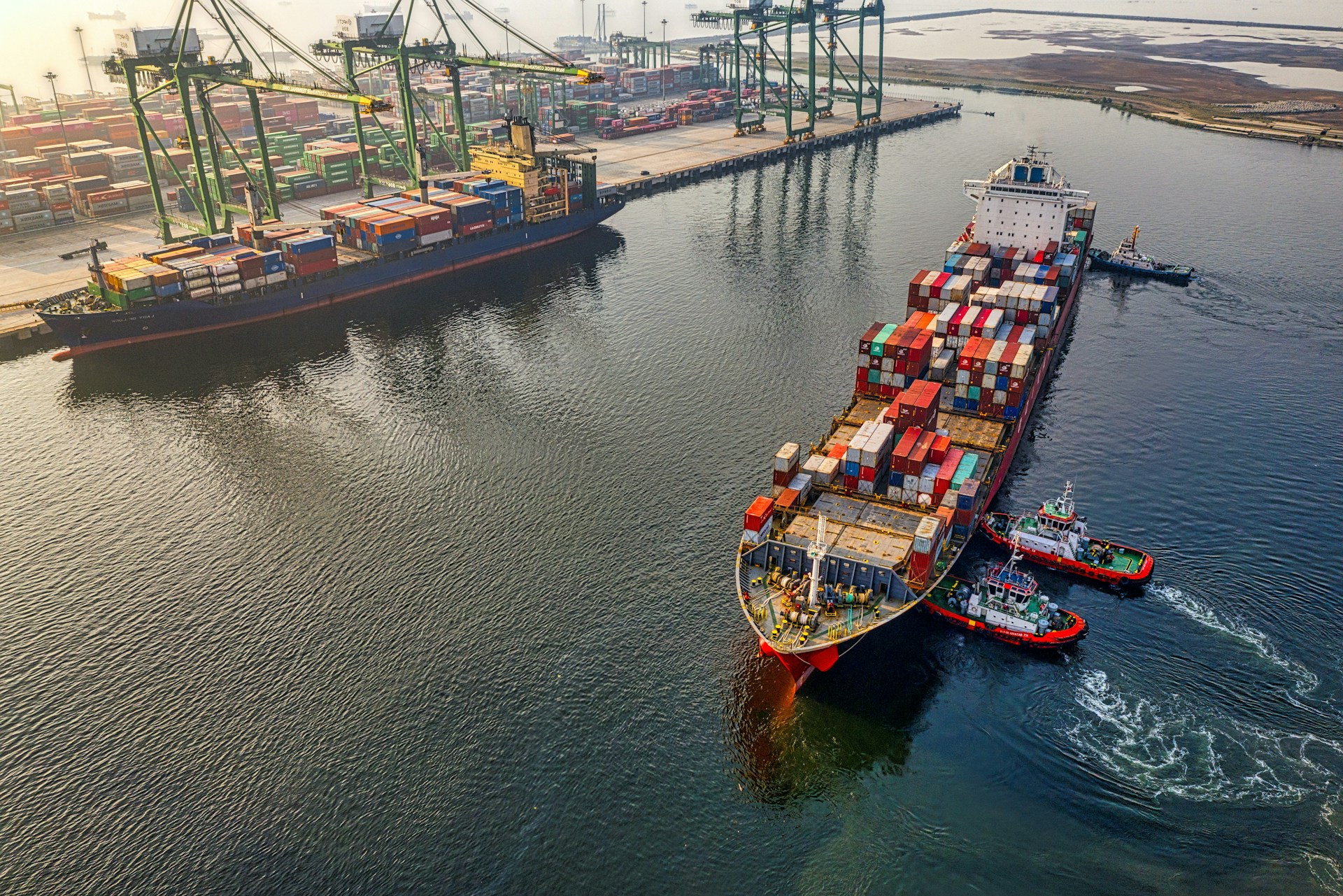As the ways of the world change, industries evolve to adapt to these revolutionary changes. The international trade finance sector is a dynamic one wherein every new trend brings a host of new benefits for businesses and consumers alike. The last few years have witnessed multiple trends, each one contributing to the growth of the sector. To best leverage the benefits of international finance, businesses must stay updated to stay ahead of the curve.
With the right implementation of the recent global trade finance trends, the future of International Trade Finance is certainly a bright one. These trends are enabling businesses of all scales to seize growth-accelerating opportunities while providing top-notch support to customers. In this blog, we will explore the latest International Trade Finance trends that every aspiring business must look out for.
Top 10 International Trade Finance Trends In 2023
International trade finance helps exporters make business transactions across the globe with ease, reducing the hassles or risks that usually accompany them, including currency fluctuations, political instability, or issues of non-payment. Global trade finance facilitates the hassle-free delivery of goods and services across borders. Let’s take a closer look at what the newest trends in international trade finance are.
- Digitalization:
The trend of automation and digitalization in trade finance will continue to be of key importance. This includes the use of blockchain, artificial intelligence, and other digital platforms to improve efficiency, reduce costs, and enhance security in trade transactions. Easy access to digital trade finance platforms facilitates trade transactions and helps connect buyers and sellers globally, enabling quicker and more efficient cross-border trade.
- Risk Mitigation:
Putting risk assessment and compliance measures in place will be all the more important in a globally connected world that is privy to uncertainties. Having an in-depth understanding of geopolitical changes, trade disputes, the impact of COVID-19, and global repercussions of country conflicts is a must. Businesses with a strong network of third-party providers are in the best position to face unprecedented future shocks.
- Data-driven Processes:
Unlocking the true potential of data has become important for businesses to keep pace with the ever-evolving industry. For businesses that wish to build proactive models, there is no better tool than the power of data. Strategically leveraging data can help businesses with getting access to real-time information. Analyzing this data to gain valuable insights will further contribute to driving accurate results.
- Supply Chain Finance:
Supply chain finance is gaining popularity, providing companies with improved access to working capital and financing options by leveraging their supply chain relationships. This trend is especially beneficial for small and medium-sized enterprises (SMEs). Supply chain financing solutions are designed to enable businesses to focus on more revenue-generating or growth-accelerating strategies. The solutions facilitate seamless and lasting collaboration between both sellers and buyers.
- Capital Aid For SMEs:
SMEs contribute significantly to creating jobs, leading to accelerated economic growth. By participating in trade, they can expand their markets beyond national borders. The future will see more effort made toward supporting SMEs’ participation in international trade. Several banking institutions as well as NBFCs are offering specialized trade finance products that are tailored to meet the requirements of small and growing businesses. These solutions include supply chain finance, invoice factoring, and more.
- Focus On ESG:
Environmental, social, and governance (ESG) initiatives like clean energy, ethical sourcing, supply chain sustainability, circular economy, and green logistics are already becoming an integral part of trade finance decisions. Financial institutions and businesses are incorporating sustainability principles into their trade finance practices. This can help lower a company’s environmental footprint, while also allowing them to meet changing consumer needs.
- More Transparency:
As ESG continues to become more important, an increased level of transparency is expected. Businesses have to provide a higher degree of visibility to consumers in sourcing, production, logistics, costs, and accounting. This improved transparency is sure to bridge the gap between consumers and businesses, enabling seamless transactions and lasting global connections.
- Diverse Workforce:
Diversity, Equity & Inclusion (DEI) goals will help businesses optimize their workforce. There are multiple benefits to embracing diversity; to name a few – innovation and creativity, a wider talent pool, better decision-making, improved problem-solving, enhanced adaptability, and increased employee engagement and satisfaction. Inclusive workplaces will promote a sense of belonging and reduce the risk of discrimination, leading to higher employee retention rates.
- Alternative Financing:
Non-traditional financing methods are gaining popularity. Alternative financing solutions provide businesses with access to quick capital, allowing them to make the most of growth opportunities. Alternative finance organizations facilitate a seamless experience for businesses looking to acquire trade finance to expand their business globally. The application process is often simple and involves less documentation, and the approvals are quicker as compared to traditional banking solutions.
- A Blend of Banks & FinTech Firms:
As the trade finance industry moves ahead with its digitization efforts, a collaboration between banks and fintech companies will be crucial to transforming the future. By working with fintech firms, traditional banks can access these cutting-edge technologies. This collaboration has the potential to drive positive change in the financial industry, benefiting customers, expanding market reach, and promoting innovation.
Go Global With Tradewind Finance
Expand your export business beyond boundaries with Tradewind Finance, one of the leading international trade finance companies in Pakistan, India, UAE, Bangladesh, Germany, USA, China and more. Our experts are trained to guide you through the best solutions that are in sync with the latest trends in trade finance, each one tailored to your requirements. Trade finance companies like Tradewind offer trade finance facilities in multiple currencies, eliminating the risks of currency exchange. Our services bring you the best of both worlds – Fintech and Banking, minus the complications.
Our highly trained staff offers world-class customer service and truly understands global trade. Representatives at Tradewind are multicultural and fluent in over 15 languages, serving clients in more than 30 countries. We provide flexible financing solutions to companies belonging to diverse sectors – Automobile, Apparel and Textile, Industrial and Mechanical, Food and Beverage including Seafood, Electronics, Gaming & Media, and more. Start your international trade finance journey with us!



